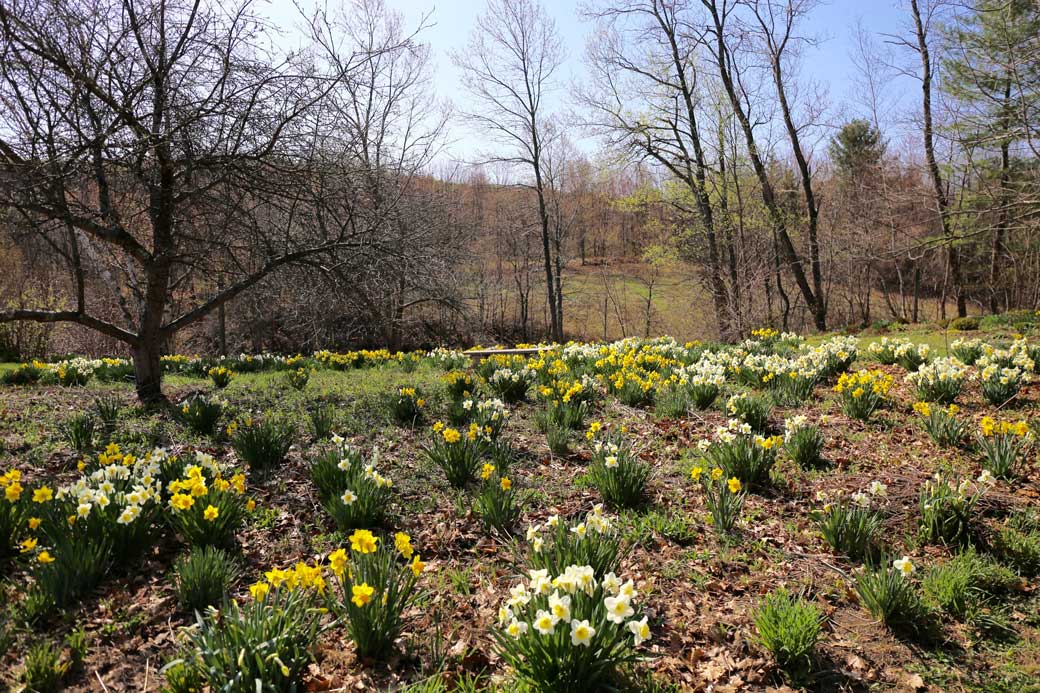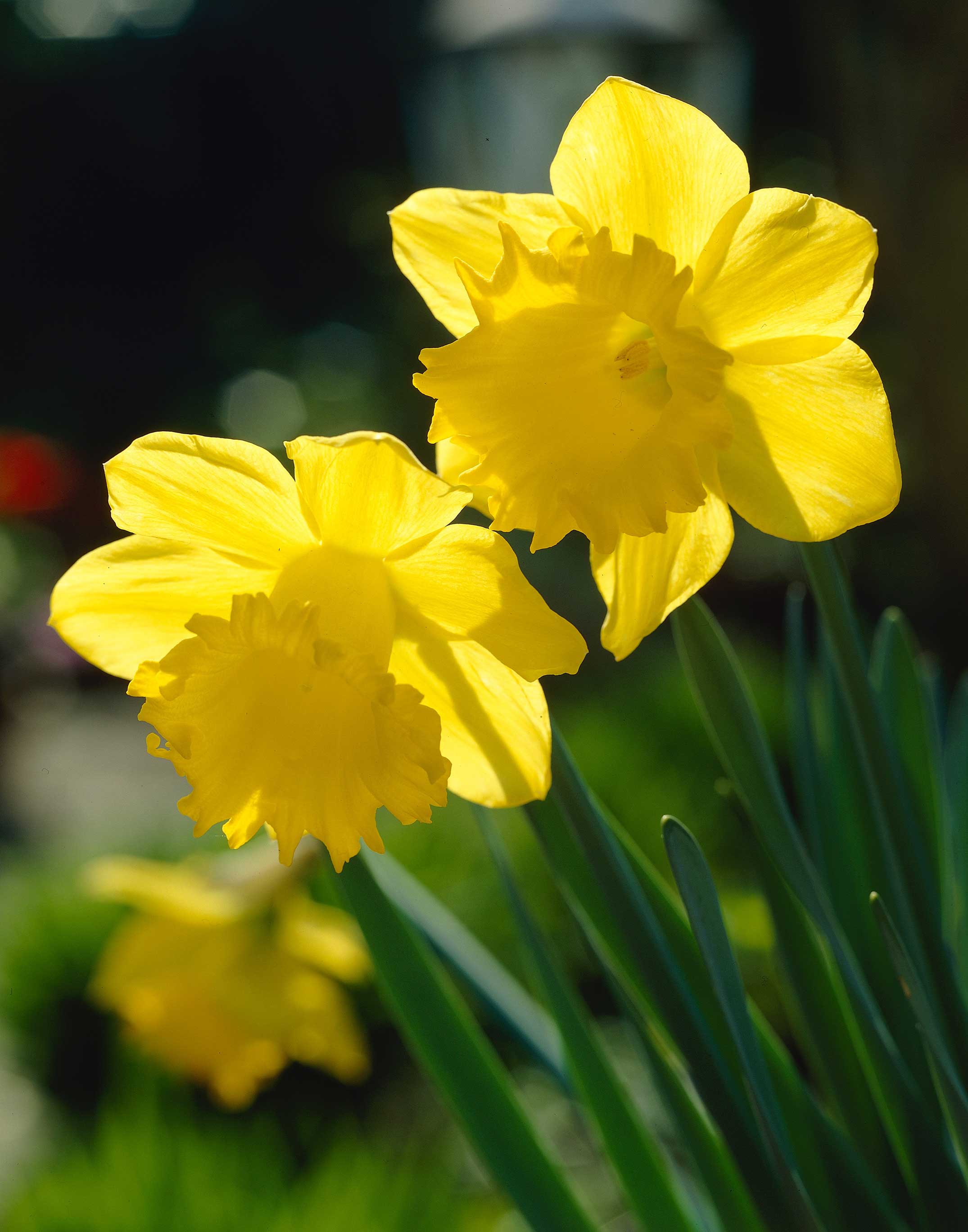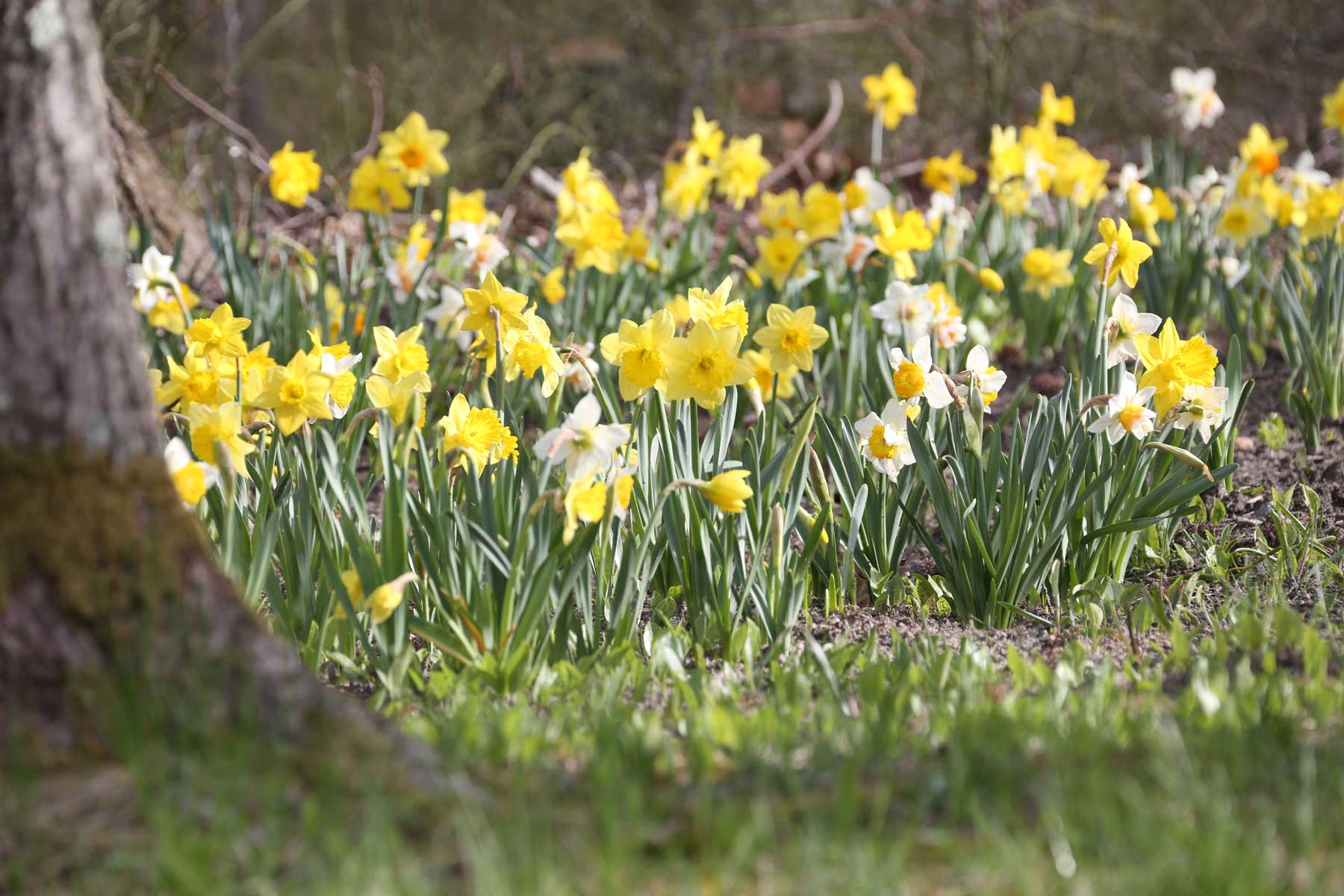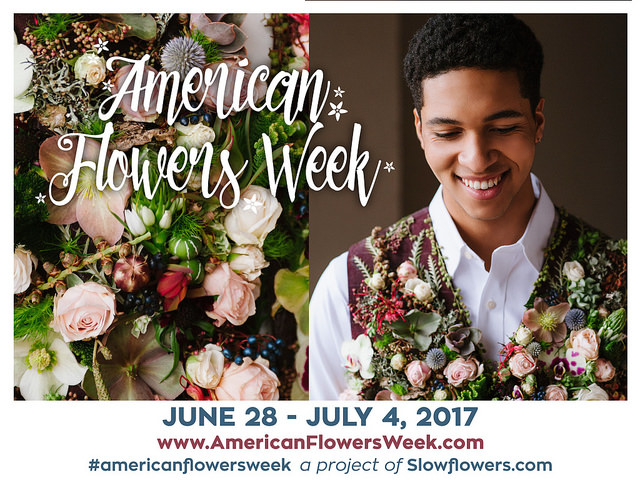Best Daffodils for Naturalizing
Nothing shouts, “spring” like daffodils. Their sunny flowers, blooming in carefree abundance, are the perfect tonic after a long winter.
Daffodils make it easy to create an ever more impressive show of color. As soon as the bulbs have finished blooming, they get right to work storing up energy for the next spring. As the bulbs replenish their reserves, they grow larger, which means you’ll get more blossoms the following year.
Some types of daffodils, especially many of the older varieties, are able to clone themselves by producing side bulbs or “offsets”. Within a year or two, these bulbs get large enough to bloom on their own. So if your goal is to have big drifts of flowers, it’s best to plant varieties that are known to be good at producing offsets. That way, the 100 bulbs you plant this fall will eventually become 300… 600…1000.
There’s another advantage to planting daffodils that are good multipliers. Because these bulbs are good at reproducing themselves, they also tend to be less expensive to grow and that often means a lower purchase price.
Bloom time is something else to consider when you’re choosing daffodil varieties for naturalizing. Early blooming varieties can start flowering more than a month before the late blooming ones. By planting one or more varieties from each flowering season, you can have flowers in bloom for six weeks or more.
When it’s time to plant the bulbs, you can plant them in drifts by variety, such as a swath of all yellow Dutch Master or all white Mount Hood. For a more informal look, you can a mix that includes several colors such as a Trumpet Mix or Multiflowering Mix.
Purchasing a naturalizing mix can save you both time and money. Before you buy, be sure to check the bulb size. Naturalizing mixes sometimes include smaller than average bulbs. A naturalizing mix with 12/14 cm bulbs is a good buy as long as you are OK about getting fewer flowers the first couple years than you’ll get with a 14/16 cm naturalizing mix.
All of the following varieties are strong growers and good multipliers. Plant the bulbs in a well drained location where they’ll get plenty of sun, and you can look forward to many years of beautiful spring color.
Best Early-Blooming Daffodils for Naturalizing
Best Midseason Daffodils for Naturalizing
King Alfred/Dutch Master/Yellow River
Best Late-Blooming Daffodils for Naturalizing
To learn more, read: Planting Tips for Naturalizing Daffodils and watch the video How to Plant Daffodil Bulbs.
To see our complete line of daffodils, click HERE.
To learn more about naturalizing bulbs, read Landscaping with Spring-Blooming Bulbs.




